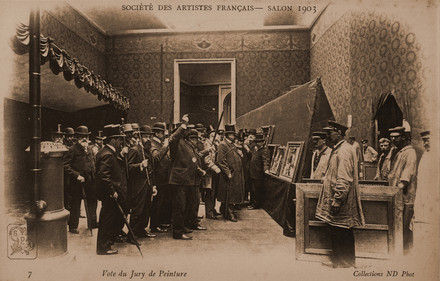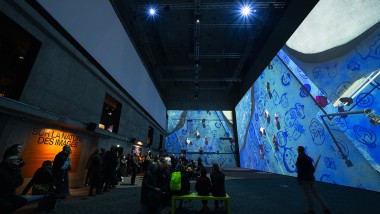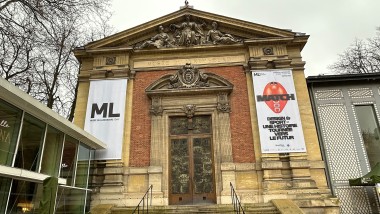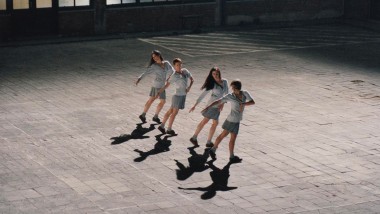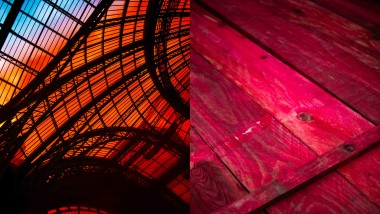The Grand Palais opened its doors for the Universal Exhibition with the Centennale, where the impressionists again scored a resounding success, and the Décennale. As from the following year, true to its vocation as a fine arts venue, the Grand Palais was to host a number of other salons. First off was the Salon des artistes français, whose academism was dismissed by the avant-garde as pompous, followed by the Salon d'Automne, where the younger generation of painters were able to roll out their own manifesto. Finally came the Salon des indépendants where Cubism made its first appearance spearheaded by a then unknown Spanish artist: Pablo Picasso.
At the turn of the century, the Salon was the place where any budding artist had to expose to obtain recognition. The oldest of these institutions was the Salon des artistes français (1881), successor to the Salon de peinture inaugurated by Colbert in 1667. However its unswerving academism led to the inception of the breakaway Salon des Indépendants founded by Paul Signac in 1884, where artists rejected by the more venerable show could find refuge. It was here that artists like Gauguin, Matisse, Picasso and Mondrian came to the forefront.
To distinguish itself from these spring shows, Rodin, Carrière, Jourdain and other artists created the Salon d'automne in 1903. It was in 1905 that the notorious scandal of the "cage aux Fauves" (the wild beast cage) erupted. The centre of the storm was Room VII. The strident colours used in the paintings of Matisse, Derain and Vlaminck were all the more shocking as they flanked two unequivocally traditional busts by Albert Marquet. One critic, Camille Mauclair, famously condemned the "pot of paint flung in the face of the public", while another, Vauxcelles, was aghast at this "Donatello parmi les fauves" (Donatello among the wild beasts), an expression that inadvertently gave the Fauve movement its name. Though Fauvism had its supporters, French President, Émile Loubet, was not one of their number. Warned of the presence of "unacceptable" works, he refused to inaugurate the show.
Today, salons still have their historic home at the Grand Palais — Artistes français, artistes indépendants, comparaisons, dessin et peinture à l'eau, nationale des beaux-arts — are united as part of the Art en Capitale event.


